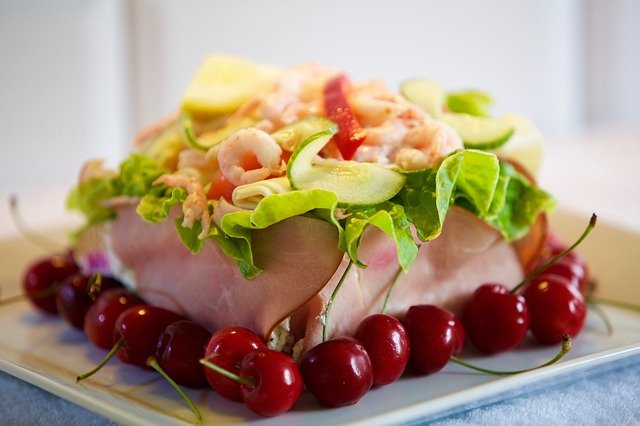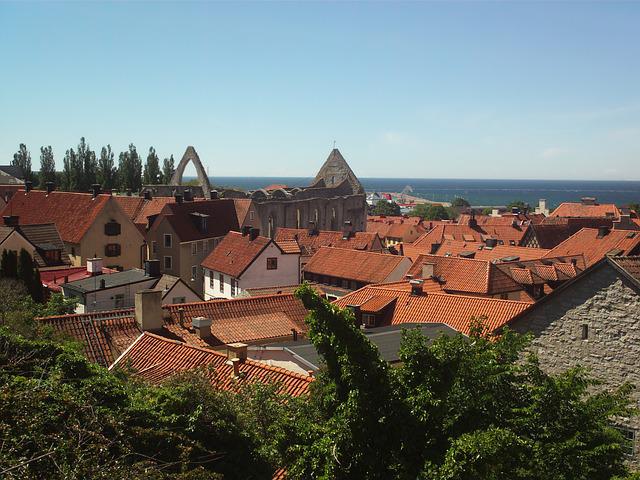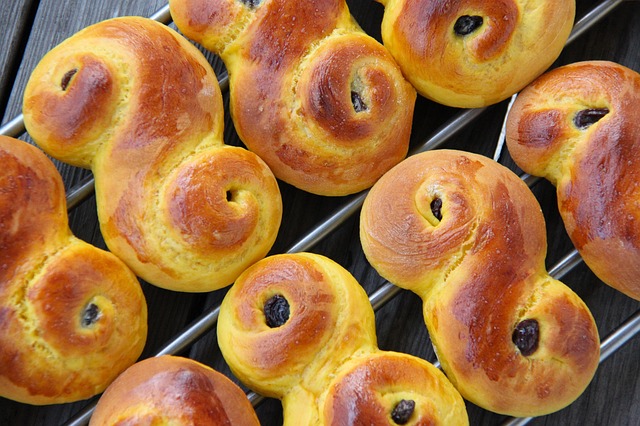Cinnamon Roll | A famous baked good that originated in Sweden
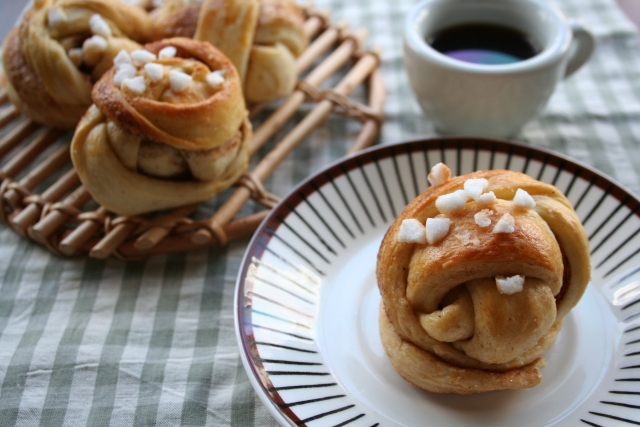
Many people enjoy ordering cinnamon rolls as a coffee accompaniment at cafes. However, few may know that cinnamon rolls actually originated in Sweden. Cinnamon rolls are an essential accompaniment to coffee in the Swedish coffee culture of Fika and are one of the most popular snacks in Scandinavia.
In this article, I would like to introduce the charm of cinnamon rolls, a confectionery that has spread from Sweden to the rest of the world.
Cinnamon rolls originated in Sweden
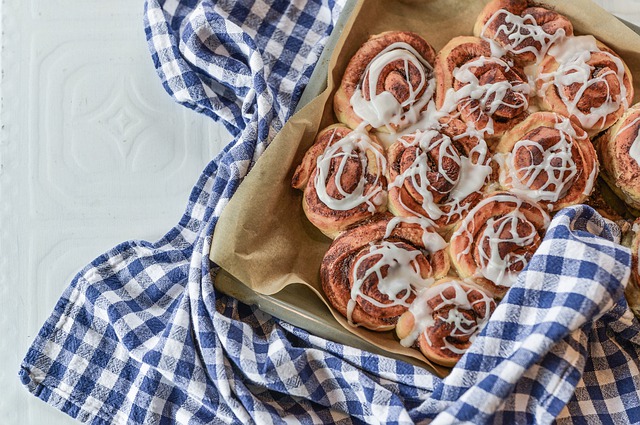
Cinnamon rolls are made by kneading dough with sugar and cinnamon, shaping it into a spiral, and then baking it, giving it a distinctive appearance. The combination of the sweetness of the baked sugar and the aroma of cinnamon has made it one of the most popular snacks in Japan.
Cinnamon rolls were also featured in the 2006 movie “Kamome Shokudo” (The Kamome Diner), which was set in Helsinki, Finland.Many people likely went to the bakery to purchase cinnamon rolls immediately after watching the movie.
Did you know that cinnamon rolls originated in Sweden? In Sweden, they are called “Kanelbulle”.”Kanel” means cinnamon and “bulle” means sweet bread.
“Fika” is also a part of Swedish coffee culture that has become more well-known in Japan in recent years. “Fika” is the custom of taking a short break every day at 10:00 and 15:00 to enjoy coffee, tea, and sweet snacks with friends.

Cinnamon rolls are a popular sweet to enjoy during Fika. As the name suggests, they are usually filled with the spice cinnamon. However, in Sweden, they also like to add cardamom, a spice often used in curry, to their cinnamon rolls.
Widespread in Sweden after World War I
Although cinnamon rolls are now associated with Sweden, their history can be traced back to about 100 years ago, after the end of the First World War. During the war, Sweden, along with Norway and Denmark, declared neutrality as Nordic countries.
Despite not being a participant in the war, foodstuffs were still restricted, and limitations on imported goods such as flour and sugar were only gradually lifted after the war ended. It was only then that households were finally able to obtain foodstuffs, and cinnamon rolls were made from the available ingredients.
However, even after the war ended in the 1920s and the distribution of raw materials improved, the price of ingredients such as flour and sugar remained high. Therefore, cinnamon rolls were generally ordered and eaten in cafes by the wealthy.
The expansion of exports to Europe during the economic boom of the 1950s and 1960s triggered an increase in household consumption in Sweden. This led to ingredients such as cinnamon becoming more easily available for home use.
Additionally, at that time, there were many housewives in Sweden, and the rise of home baking as a hobby contributed to the popularity of cinnamon rolls as a homemade sweet. As a result, cinnamon rolls have now become a common pastry in Sweden.
October 4 is Cinnamon Roll Day
The Swedes’ love for cinnamon rolls is celebrated on October 4th, which is known as “Cinnamon Roll Day”. The day was established by the Swedish Home Baking Association in 1999 to mark the 40th anniversary of its founding.
Although it has only been established in Sweden for a short time, many Swedes visit bakeries every year on October 4th. It is said that the consumption of cinnamon rolls is at its highest on October 4th, which shows how popular cinnamon rolls are among Swedes.
Conclusion
Cinnamon rolls, which originated in Sweden, have now spread to Japan and other parts of the world, where they are an essential snack to enjoy during coffee breaks.
If you want to try an authentic Swedish way of eating cinnamon rolls, you can enjoy them with a cup of coffee in hand on holidays.


